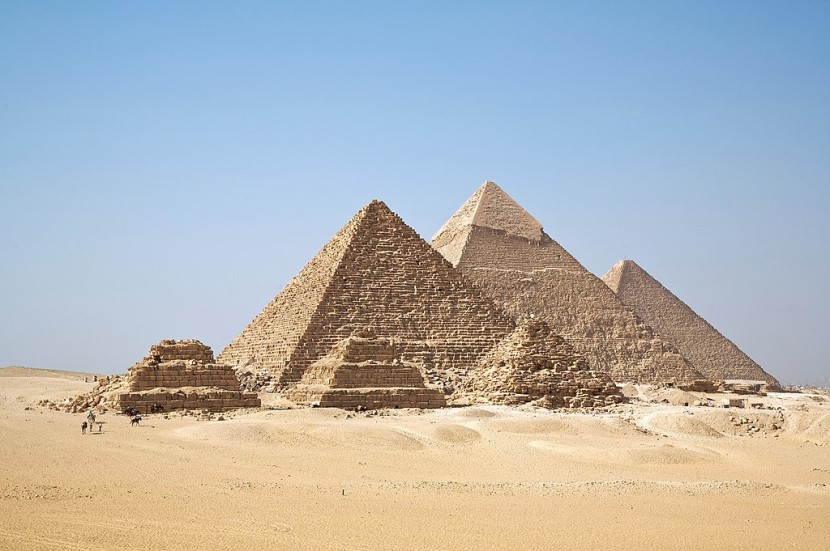
Ancient Egypt is an enigma that has always been the arid desert seen today, which many assume is. One clue to this question is how climate and landscapes never stay the same, which goes for the land of the pharaohs. A simple no is a response.
History of Ancient Egypt
Ancient or contemporary Egypt is not entirely a desert. Places closer to the Nile River are usually greener, and Egyptians have always enjoyed a productive agricultural economy, reported Live Science.
Changes in the local environment have marked Egypt's long history, both now and earlier.
One such example is the Aswan High Dam, built across the old Nile River; the dam was constructed from 1960 to 1970, which led to major alterations to the local geography, per History.
A few places in Egypt that are currently arid deserts have been moister in the old days. The "Cave of Swimmers" just on the Gilf Kebir plateau in southwest Egypt is a good example.
Presently, the spot is scorching and dry. Still, thousands of years ago, it was moister, and even some of the rock art discovered in caves inside the area apparently shows people in the water, according to the British Museum.
As stated by the British Museum, the above rock artwork was made somewhere between 6,000 and 9,000 years ago in ancient Egypt.
Nevertheless, such a period of greater annual precipitation came to an end approximately 5,000 years ago. Joseph Manning and William K. Live Science spoke with Marilyn Milton Simpson, a professor of classics at Yale University.
The Aswan high dam would be the reason for floods in the southern parts of Egypt in modern times. Because of the formation of the Lake Nasser reservoir, many modern Nubians had to move due to the high waters. Even old ruins had become sunken as a result.
Flooding was natural for the River Nile, and building the dam would alter its older status. If there was a flood, then it had man-made causes as well. When Lake Nasser arose, that later added more moisture that was not seen earlier in southern Egypt, remarked Manning.
Flooding Before the Aswan Dam
Ancient times were much different compared to when the dam was built, with regular flooding. In Bronze Age, flooding was slightly more frequent than in the Iron Age until the Aswan dam changed this natural flooding pattern.
The Khufu branch of the Nile existed in 2500 B.C. when the Giza pyramids were built. Parts of the river would touch the base of the Giza plateau, which allowed materials to be taken to the foot of the structures. These ancient people thought they even lived on an island in the river.
In 2500 B.C., when the Giza pyramids were constructed, the Khufu branch of the Nile River was next to it but vanished later. It allowed materials to be brought to the plateau to build the pyramids. Even though they lived on islands, Egyptians proved that ancient Egypt was lush, not the arid desert of today, and the Aswan dam changed the river system.
Related Article : Ancient Egyptians Made the Mysterious Pyramids with Infrastructure, Taking Advantage of the River Nile








